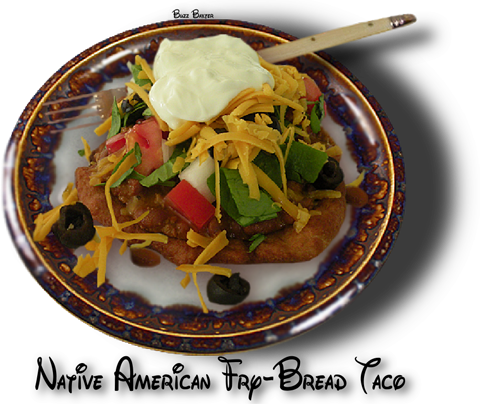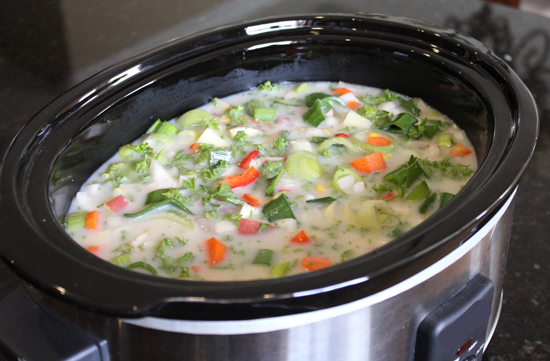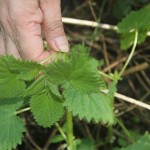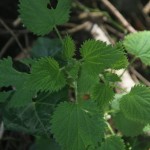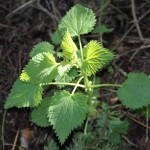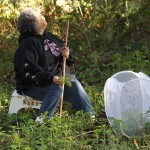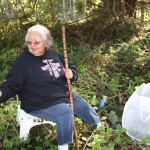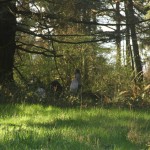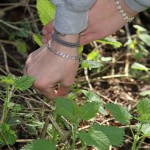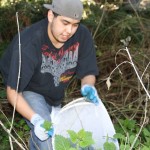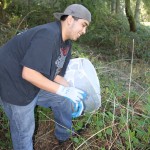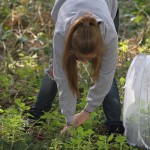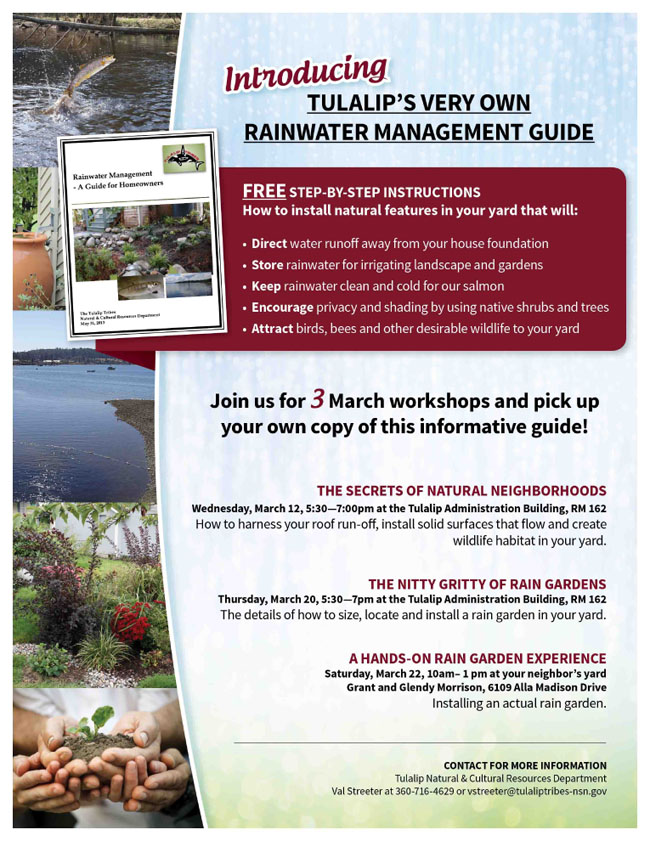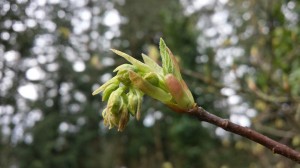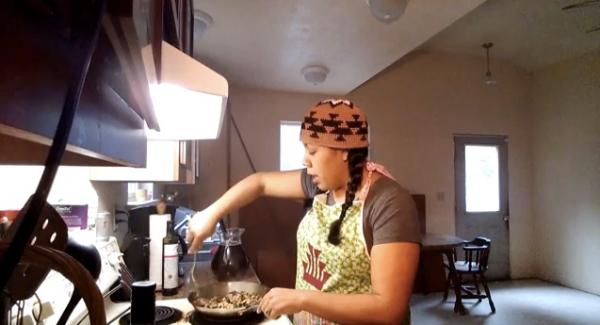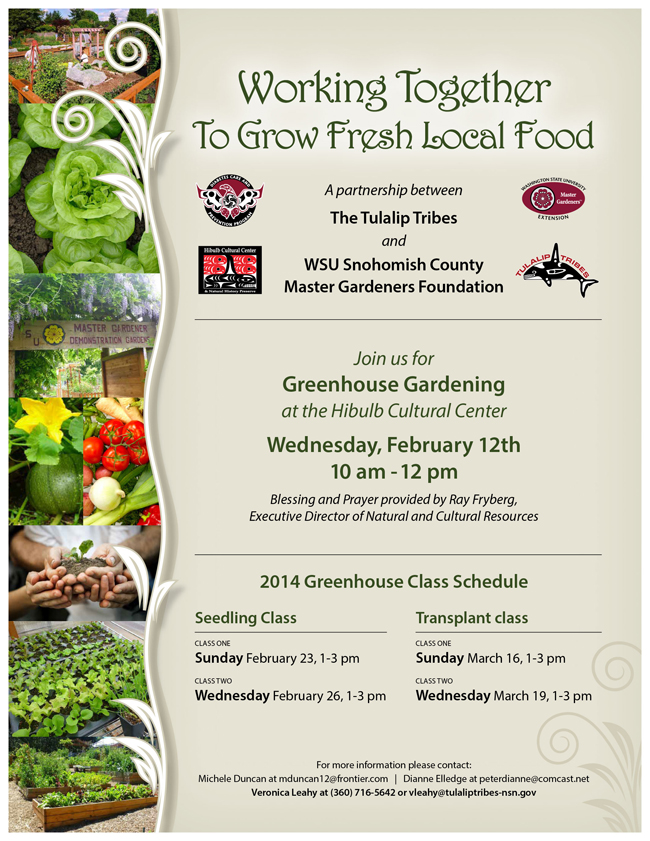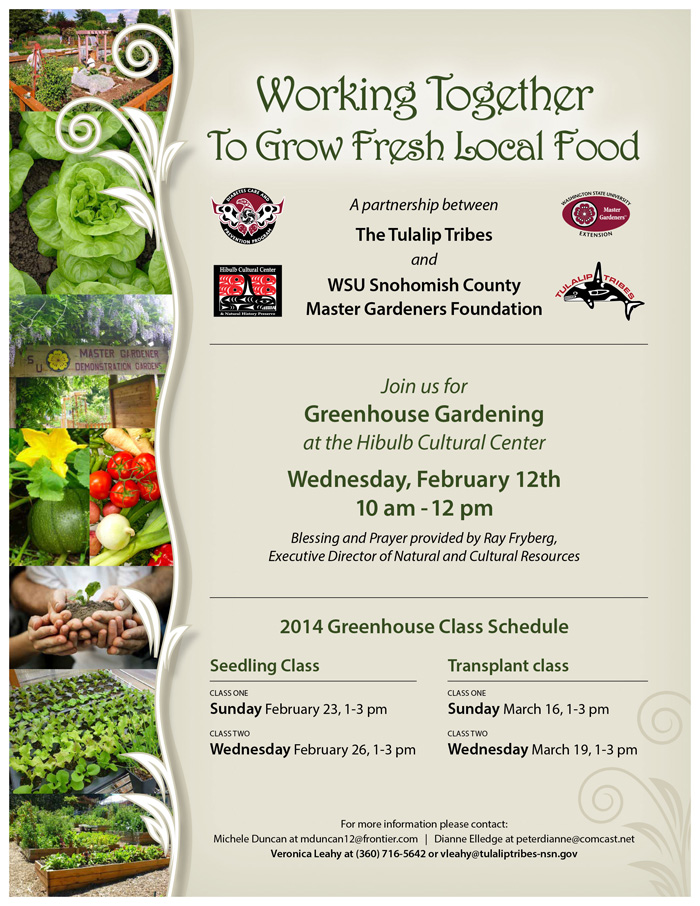By Monica Brown, Tulalip News
TULALIP, WA. Living in the Pacific Northwest, there is one thing that is certain, it may rain today. Spring is here and with it comes the rain. The Tulalip area averages about 3” of rain every month during the spring. With summer around the corner, rain water management is on the minds of home owners that are thinking about improving the look of their yard. During the spring, rainwater runoff is inevitable, causing soil erosion and flooding. But there are useful ways to handle the runoff that are beneficial for the environment and your yard during the drier summer months.
In your yard, prior to the construction of your house, rainwater was absorbed and filtered by the plants and trees eventually making its way back in the air through evaporation and transpiration or back down into the water table and eventually into the ocean. After construction, the surface of the house and driveway are impermeable and cause rainwater to runoff in concentrated places eroding the soil and washing pollutants into nearby streams, rivers, lakes and oceans.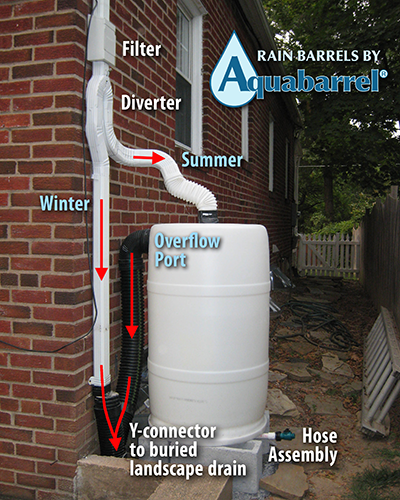
Two widely used methods for managing rainwater runoff, are to harvest it from the roof into barrels or to divert it into a rain garden. Harvesting rainwater is a more simple method that works by fixing a barrel to the gutter of the house to catch and store water to use on garden plants. Rain gardens require more work to install but are low maintenance in the long run.
A good example of a rain garden can be found at the Tulalip administration building near the backside of the parking lot. The building’s rain gardens have been used to prevent erosion by catching the parking lot runoff and filtering out the pollutants as the water passes through the soil and natural vegetation.
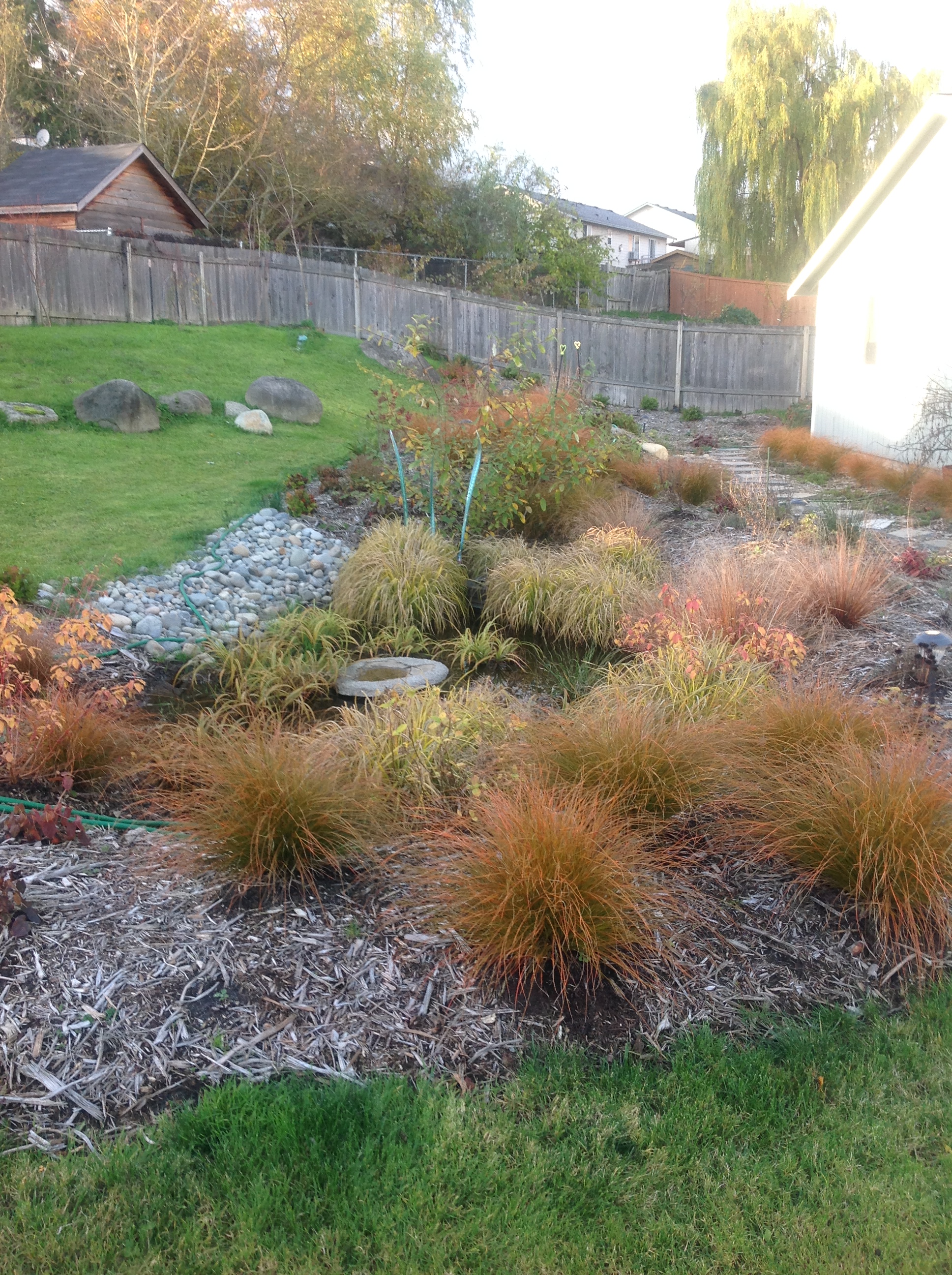
The Tulalip tribes have begun helping residents to find the most useful way they can to manage their stormwater runoff and are providing informational packets to all Tulalip residents. For more information about rainwater management in your yard and your options, contact Val Streeter in the Tulalip Tribes Natural and Cultural Resources department at 360-716-4629 or email vstreeter@tulaliptribes-nsn.gov
For those located off of the Tulalip reservation, the Puget Sound rain garden campaign is helping to install 12,000 rain gardens by 2016. The campaign offers in depth information about rain gardens, incentives in your area and local resources to help you get started. For more information about the Puget Sound rain garden campaign visit the website at http://www.12000raingardens.org/.
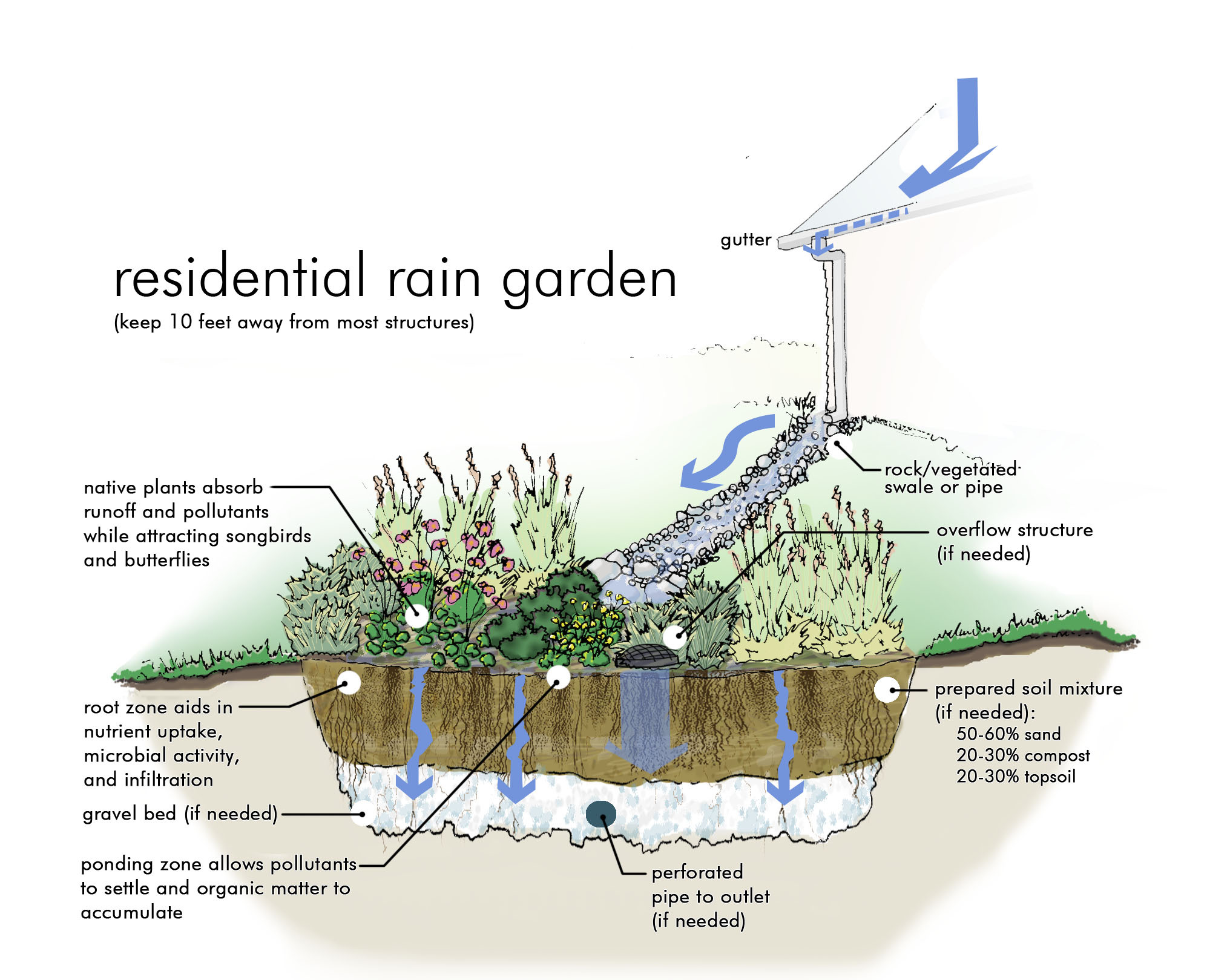
Rainwater management options
Driveway Infiltration trench controls stormwater from running off your property by collecting and infiltrate stormwater from your driveway until it soaks into the ground.
Dry well reduces erosion and ponding water by collecting runoff in an underground well structure that allows the water to leach back into the soil slowly.
Pervious walkways, driveways and patios made from material that allows water to seep through cracks while still providing a flat and stable surface.
Rain barrel will reduce stormwater runoff and allows you to use captured water for lawns, gardens and indoor plants.
Rain garden reduces the amount of stormwater coming from you property and recharges your groundwater by capturing stormwater in a bowl-shaped garden that uses soil, mulch, and plants to absorb and treat stormwater before seeping back into the water table.
Vegetated Swale receives drainage from roads, sidewalks and driveways though a shallow channel that slows stormwater runoff and directs it to an area where it can infiltrate through plants that trap sediment and remove pollutants and prevent erosion.


